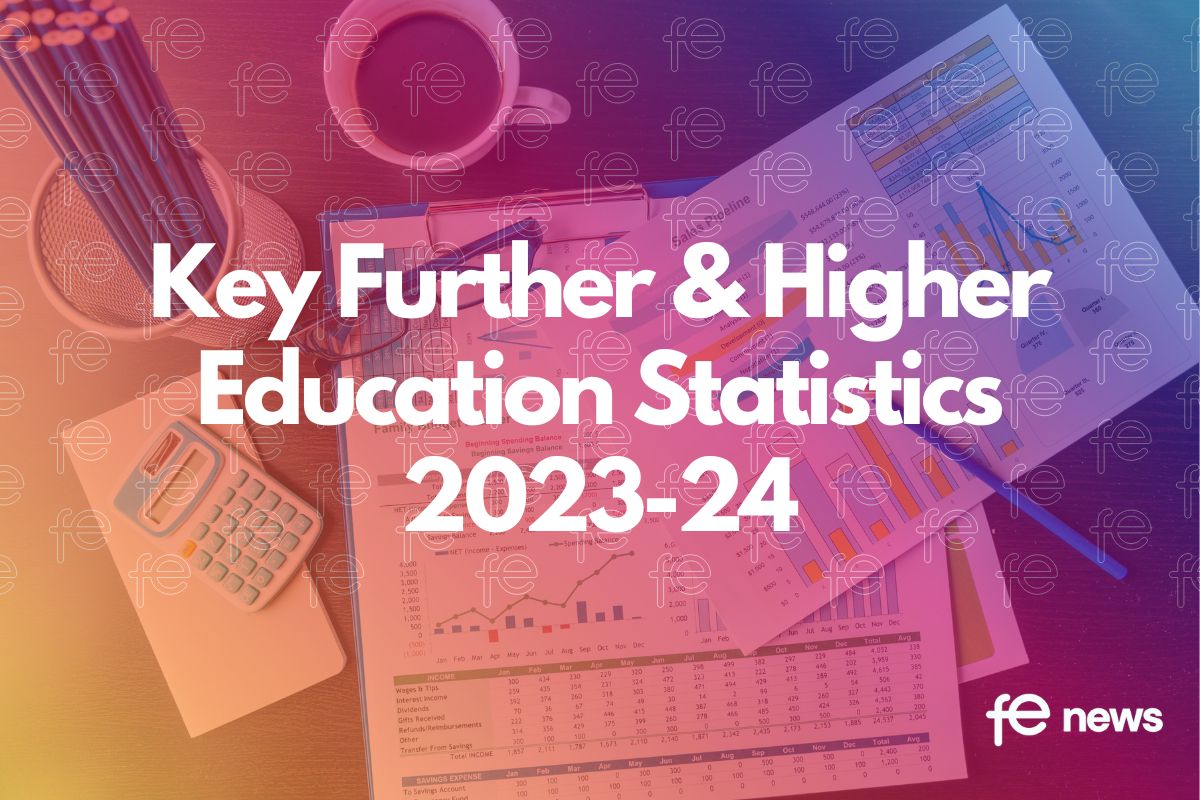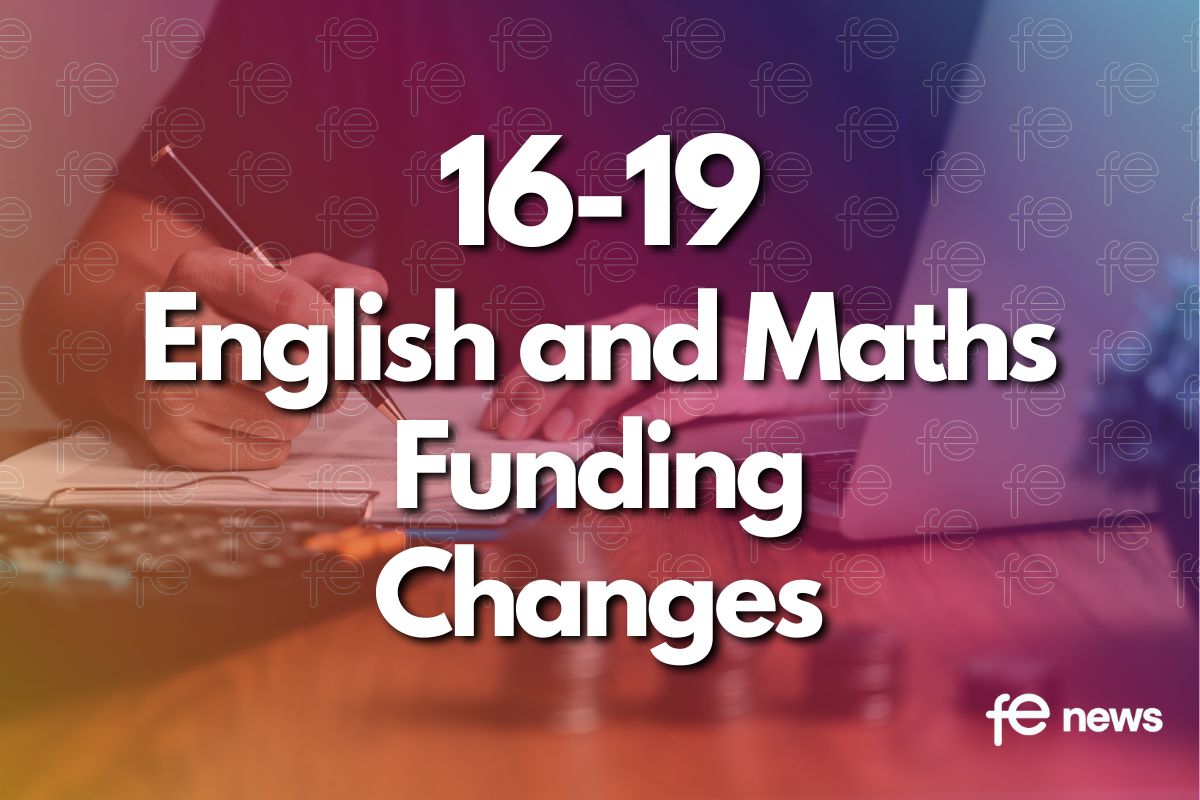Key Further & Higher Education Statistics 2023-24

The Department for Education’s latest statistical release reveals significant trends in post-compulsory education, with notable gender disparities and changing enrollment patterns across different sectors.
Further Education Trends
Further education has seen sustained growth, with student numbers reaching 3,112,870 in 2022/23, marking a 4.1% increase (122,750 students) from the previous year. While this represents the second consecutive year of growth, it follows a longer-term decline, with total FE numbers down 16.1% since 2015/16. This recent expansion suggests a possible reversal of the previous downward trend, though it’s worth noting that Scotland has been the only nation to consistently show growth throughout this period.
The gender distribution within further education reveals significant demographic patterns, highlighting different participation trends across age groups and gender. There is a clear gender imbalance in the sector, with women making up the majority of students, though the age profiles differ markedly between genders:
- Women comprise 55% of all FE students
- Male students tend to be younger, with 69% under 30
- Female students show more age diversity, with only 50% under 30
- Women over 30 outnumber men two-to-one
Apprenticeship Changes
Figures for the 2023/24 academic year show:
- Apprenticeship starts were up by 0.7% to 339,580 compared to 337,140 reported for the previous year.
- Under 19s accounted for 23.2% of starts (78,930).
- Advanced apprenticeships accounted for 43.1% of starts (146,520) whilst higher apprenticeships accounted for 36.0% of starts (122,230).
- Higher apprenticeships continue to grow in 2023/24. Higher apprenticeship starts increased by 8.2% to 122,230 compared to 112,930 in the same period last year.
- Starts at Level 6 and 7 increased by 7.1% to 50,110 in 2023/24. This represents 14.8% of all starts for 2023/24. There were 46,800 Level 6 and 7 starts last year (13.9% of starts in the same period).
- Starts supported by Apprenticeship Service Account (ASA) levy funds accounted for 68.0% (231,010).
- Apprenticeship achievements increased by 9.8% to 178,220 compared to 162,320 last year. Please note: COVID-19 restrictions and assessment flexibilities affected the timing of achievements, therefore care must be taken when comparing achievements between years as some achievements expected in a given academic year may have been delayed to the subsequent year.
- Learner participation decreased by 2.1% to 736,530 compared to 752,150 last year.
Higher Education Landscape
Higher education in the UK continues to demonstrate robust participation levels, with 3.03 million students enrolled across various programs. The sector shows interesting patterns in both level of study and subject choice, reflecting broader societal and economic trends. The distribution across different qualification levels indicates a strong preference for traditional degree pathways, while also maintaining significant postgraduate participation:
- 63% pursuing first degrees
- 25% in masters or other postgraduate courses
- 4% undertaking PhDs
- 8% in other undergraduate programs
The subject selection patterns reveal notable gender disparities across disciplines. Business and Management maintains its position as the most popular field, while other subjects show significant gender imbalances that reflect persistent patterns in career choices:
- Business and Management leads, with 20% of enrollments being Men
- Veterinary Sciences (84% female) and Engineering (79% male) show the strongest gender divides
- International students constitute 25% of the total, rising to 51% at postgraduate level
Youth Education and Employment
The latest NEET statistics (young people Not in Education, Employment or Training) present a complex picture of youth engagement with education and the labor market. Recent data indicates some short-term improvements but also highlights persistent challenges, particularly among young men:
- Overall NEET rate of 12.2% in April-June 2024
- Gender gap with males at 13.5% and females at 10.8%
- Total NEET population of 872,000, with males representing 57%
- Significant difference between age groups: 4.0% for 16-17 year olds versus 14.5% for 18-24 year olds
Statistical Considerations
The Office for National Statistics notes challenges with Labour Force Survey response rates, particularly affecting NEET statistics. Data reweighting from July 2022 means historical comparisons should be approached with caution.
This comprehensive analysis highlights both progress and persistent challenges in the UK’s post-compulsory education system, particularly regarding gender balance and youth engagement in education and employment.











Responses